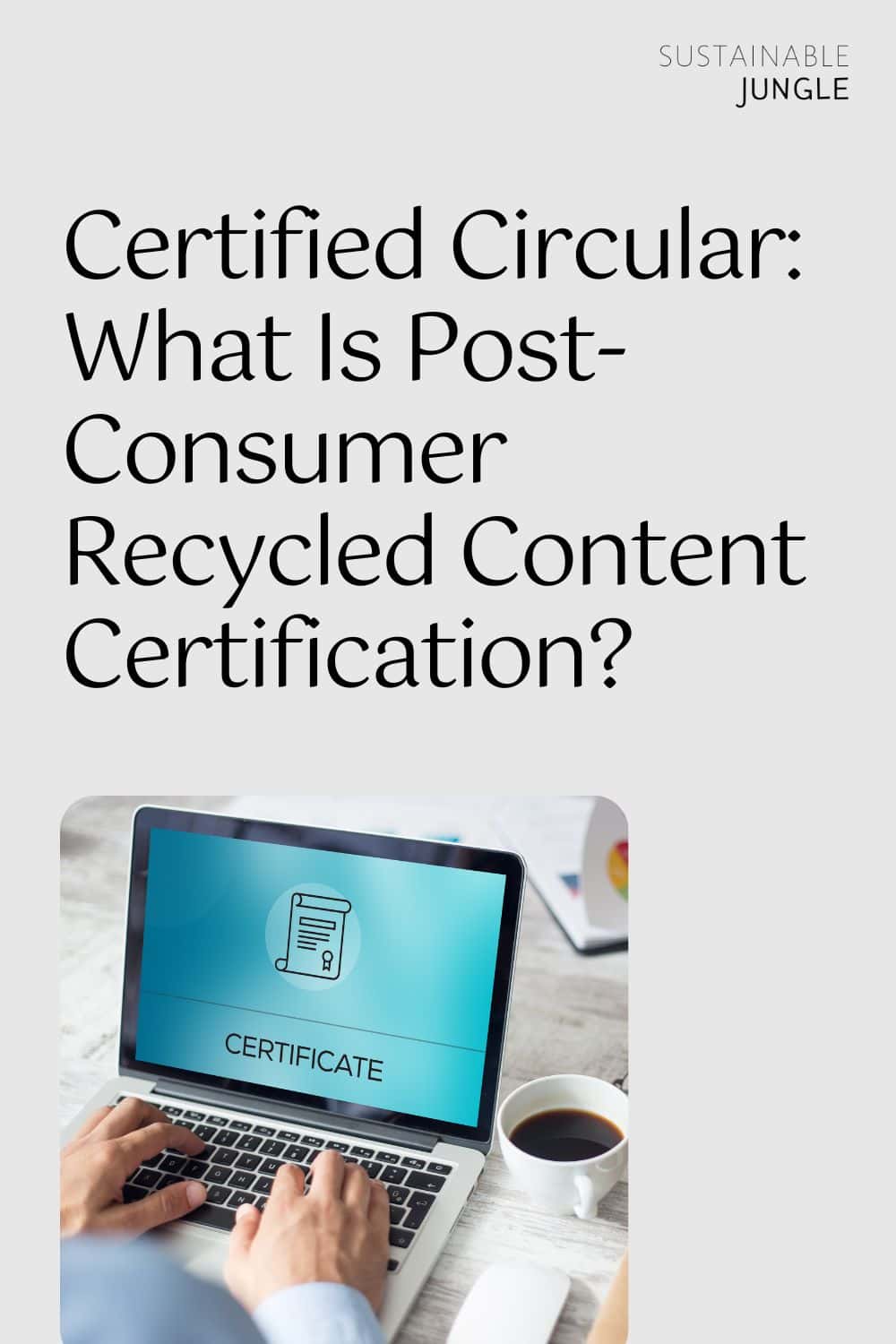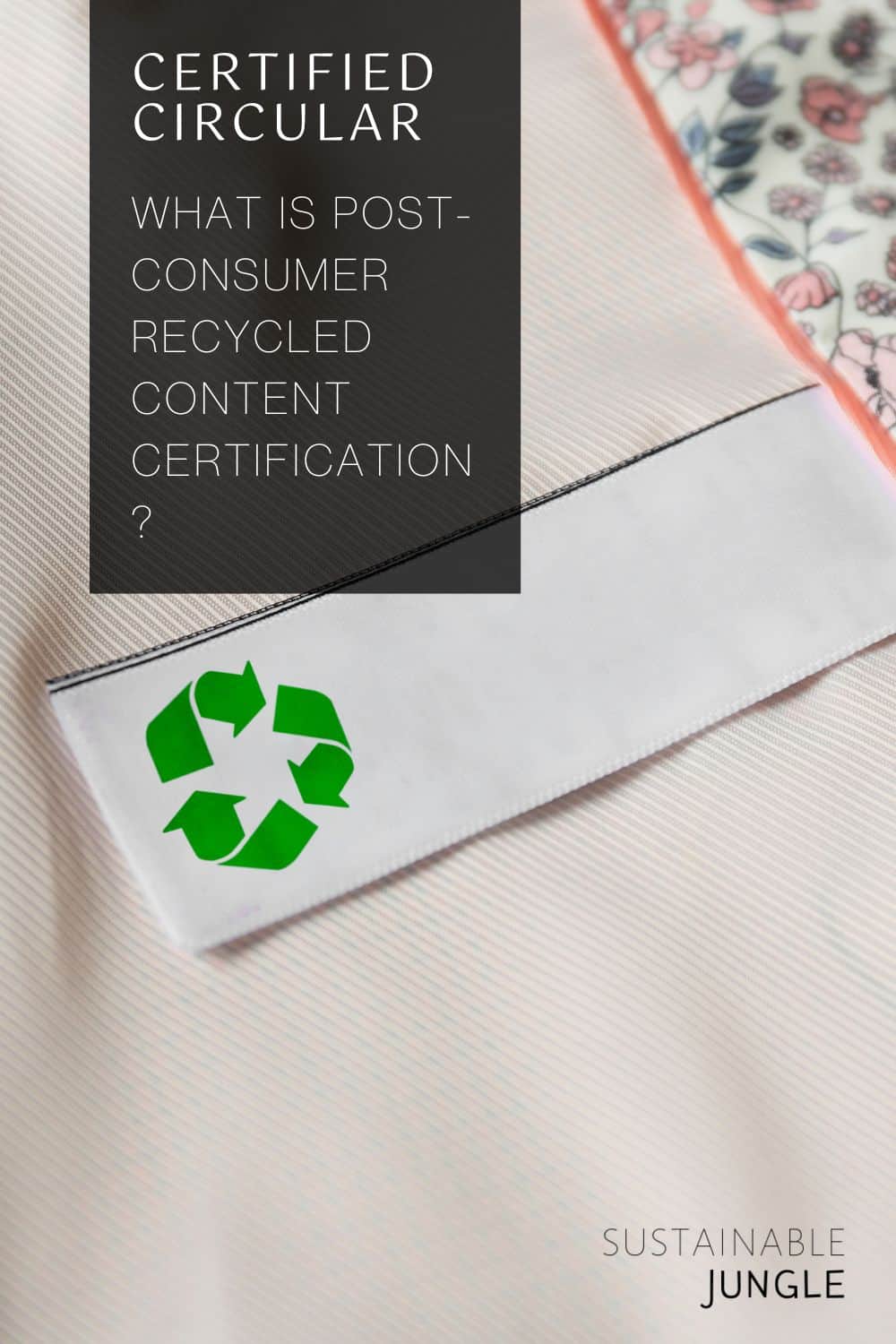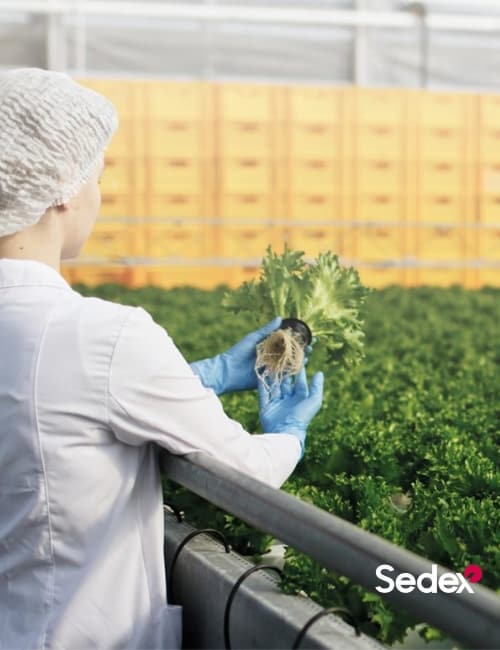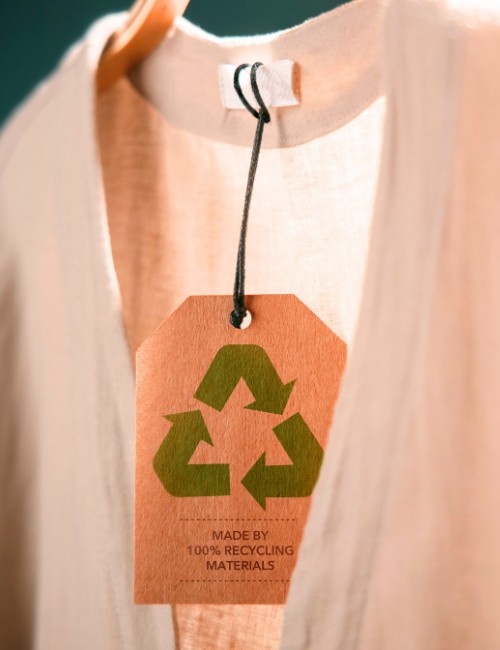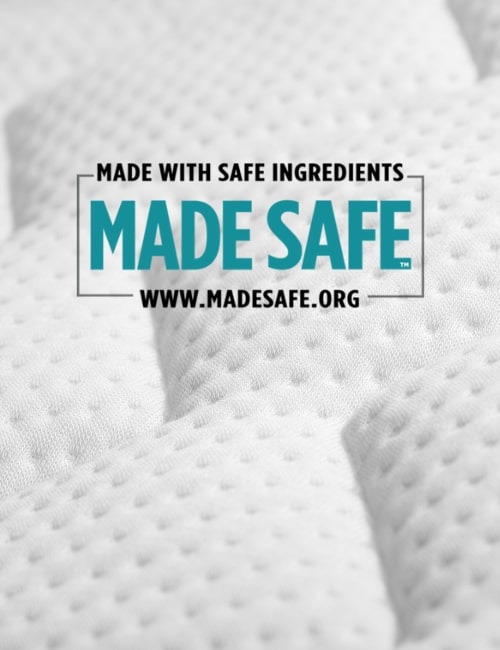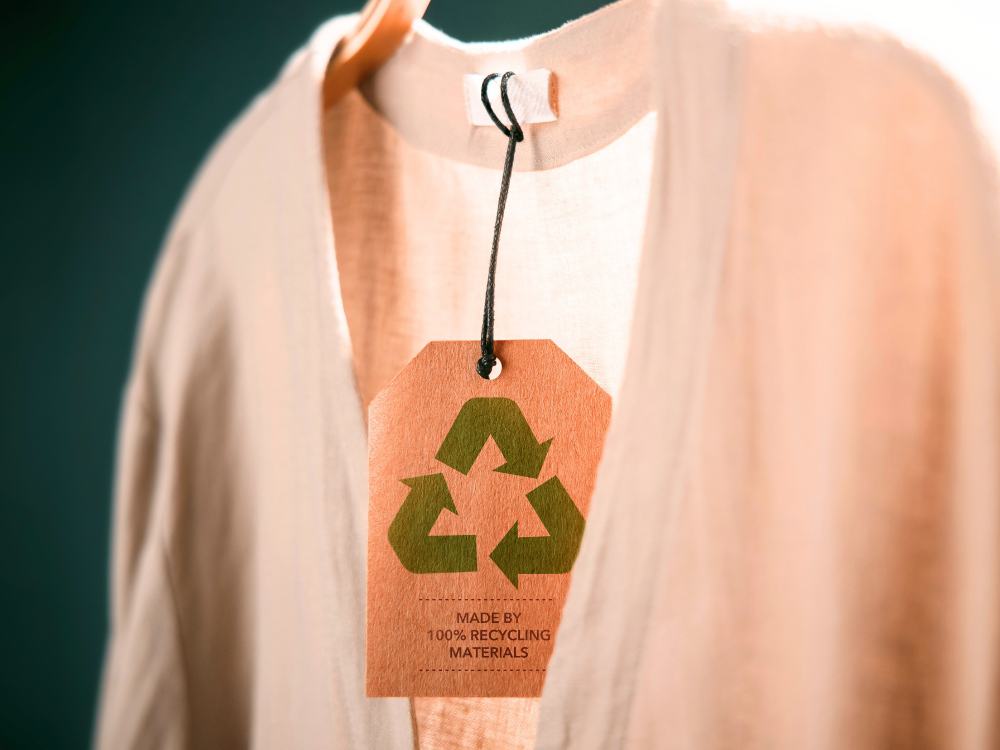
Certified Circular: What Is Post-Consumer Recycled Content Certification?
“Life in plastic, it’s fantastic,” said no one, ever—despite what the ’90s smash hit made us want to believe.
As the world becomes more aware of the looming plastics crisis upon the Earth, the demand for eco-friendly and sustainable solutions like recycled content certification mounts.
It turns out that more than 90% of all plastics ever created were never actually recycled into something new.
Instead, they slowly break down into microplastics, where they choke our waterways, our soil health, our wildlife, and, it turns out, our own bodies and our skies.
A UN Global Plastics Treaty is now in the works, with 175 nations agreeing to develop a legally binding agreement on plastic pollution by 2024. It’s a fortunate and major step towards reducing greenhouse gas emissions from plastic production, use, and disposal.
However, its success is not guaranteed.
The onus still largely falls on the consumer today to make a positive impact through greener choices.
Certifications for use of recycled materials can help reduce waste and conserve resources by informing consumers which items are made with some degree of pre or post-consumer recycled content.
In addition to plastics, these certifications can also ensure building materials, packaging, textiles, jewelry, metal, electronics, home goods, wood, paper and more are likewise manufactured from recycled materials.
So, what is post-consumer recycled content certification and what are the nuances?
Let’s make like a recycling center and sort through the various verification schemes meant as sustainable solutions to both pre-consumer recycled material and post-consumer waste.
The Full List Of Recycled Content Certification Facts
- What does a recycled content certification mean?
- What’s the difference between post-consumer & pre-consumer recycled content?
- What about post-industrial recycled content?
- Different recycled content certification forms
- Are recycled content certifications legit?
1. What Does A Recycled Content Certification Mean?

It means a product has gone through third-party verification to ensure the legitimacy of its claims to pre vs post-consumer recycled content. (More on that soon.)
The process of verifying use of recycled materials is often a challenging and complicated task, requiring standardized certification schemes and rigorous testing procedures.
Essentially, the verification must confirm how much plastic waste was recycled into the new plastic material, and/or confirm how much pre-consumer waste was also recycled into the product.
While there isn’t a set pre-or-post-consumer recycled content definition across the board, these certifications are meant to confirm whatever it is the brand claims its product is made of.
For example, if a recycled Ziploc bag brand claims their product is made of 40% post-consumer plastic and 10% pre-consumer recycled content, and markets it as made of 50% recycled content, how can we be sure what’s what?
Recycled content certification products are meant to provide us with accuracy and transparency regarding claims made about the contents of its products.
2. What’s The Difference Between Post-Consumer & Pre-Consumer Recycled Content?
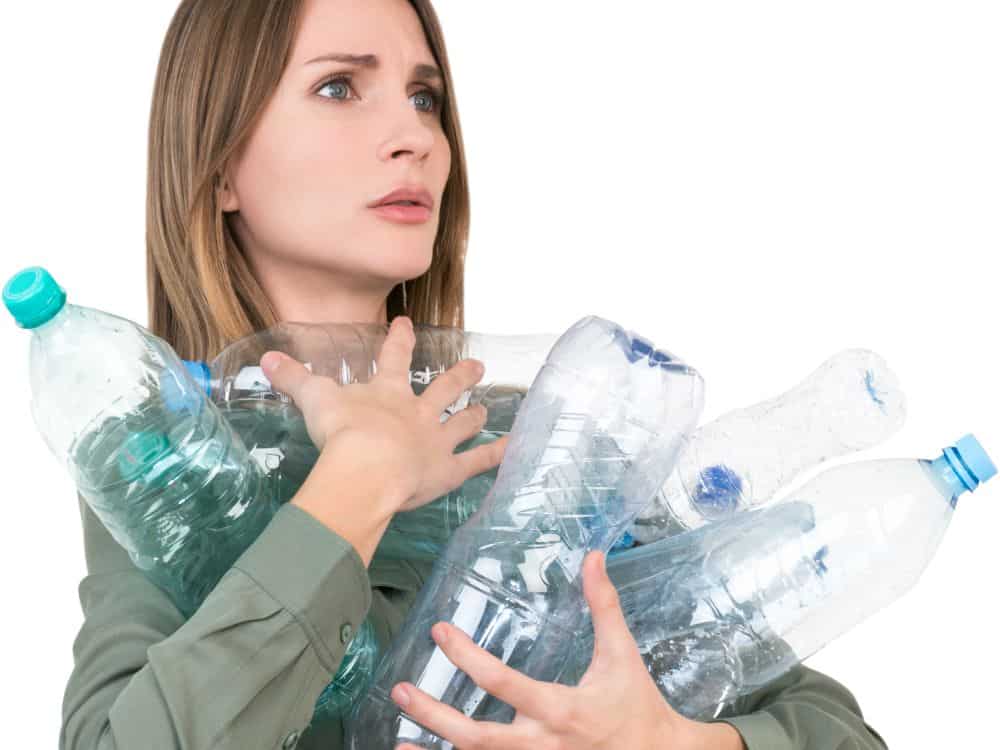
Scraps are often leftover during production. These scraps are referred to as pre-consumer waste.
So what is post-consumer waste?
As the name suggests, it’s something recycled once a product is used and disposed of by a consumer.
It’s becoming increasingly important for shoppers and manufacturers alike to differentiate the two, as post-consumer waste is unanimously a more important target to tackle.
Companies can fill their products “made of recycled materials” with pre-consumer waste, giving the illusion it was recycled, when really those materials came from leftover manufacturing scraps.
This is especially the case with goods like recycled trash bags or recycled paper.
Post-consumer recycled material, which is repurposed from single-use materials castaway by everyday people, is preferred over pre-consumer material, which usually derives from scraps on the assembly line.
Post-consumer recycled content has greater eco-benefits than pre-consumer recycled content because of its successful diversion from the landfill.
Some environmentalists argue that pre-consumer recycled plastic is technically virgin plastic, since it was never truly waste, and companies have long found ways to use their leftover trimmings for financial rather than environmental reasons.
This is to say that plastic products made of 100% post-consumer recycled plastic content are the holy grail of recycling certifications, with decreasing amounts in a product’s material lessening the eco-value.
3. What About Post-Industrial Recycled Content?
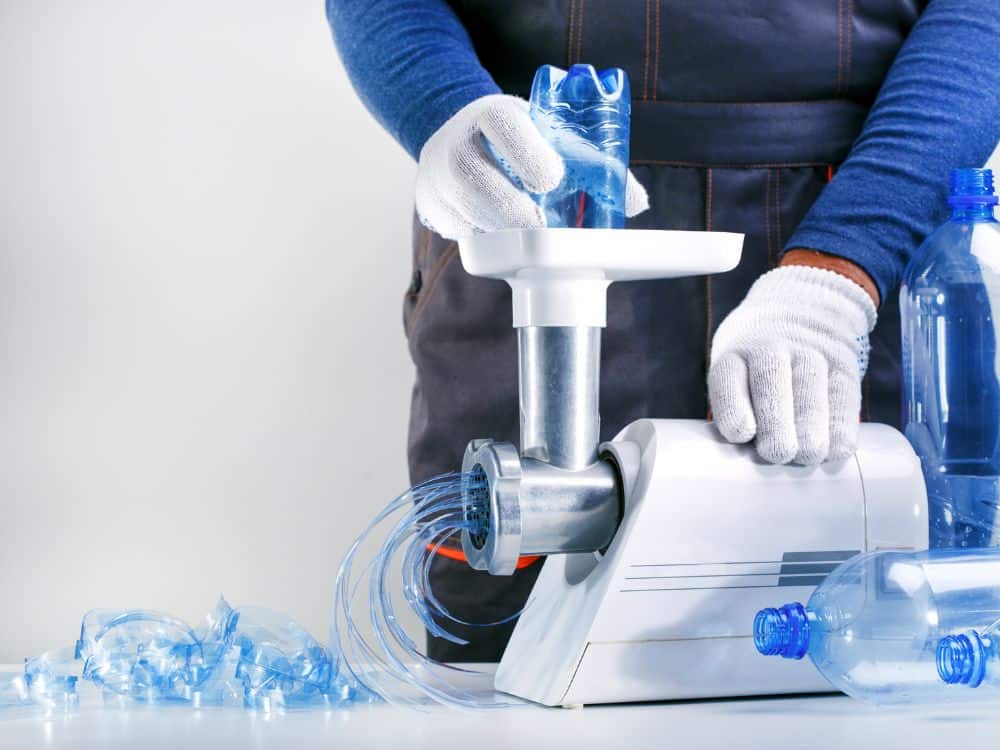
Terms can be misleading and effective at greenwashing.
We fall in the camp that sees the term “post-industrial recycled content” as an alternate term to “pre-consumer recycled content” that makes the content seem like it’s being given a second life, as opposed to virgin plastic with better marketing.
Post-industrial content, as with any pre-consumer content, is any material that’s repurposed after the manufacturing process, but before it has reached consumers.
As with pre-consumer content, post-industrial recycled content can derive from any material trimmings, defective items, or byproducts produced during the process of manufacturing.
Why does this matter?
Because if we’re really trying to curb the stream of single-use plastics into our waterways and landfills, we don’t want marketers using misleading terms to make us think we’re making a difference, when really a product is simply made of repurposed defective virgin materials.
While, yes, that’s better than the trimmings ending up in the landfill, the more glaring issue currently is on how to best manage landfill-bound post-consumer waste.
4. Different Recycled Content Certification Forms
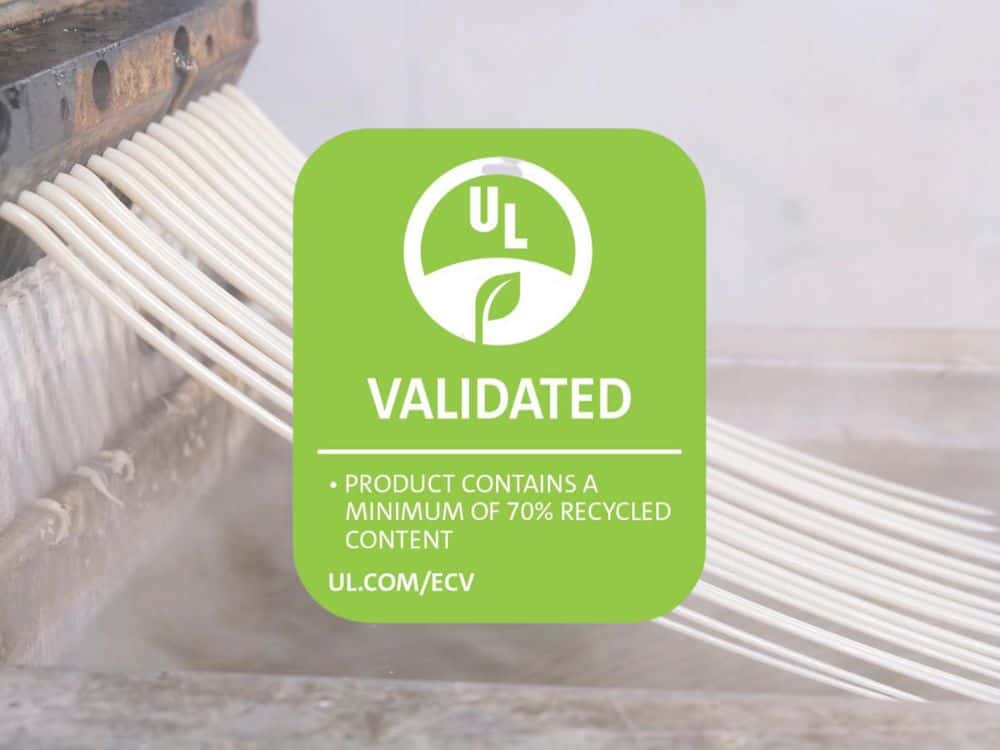
From eco-friendly toilet paper and product packaging to books and even recycled shoes, we often see “recycled content” products without a “PC (post-consumer recycled) logo attached.
‘Recycled content’ is no more than a catchall phrase.
If something is labeled as being made from recycled materials without specifying, it generally means it’s pre-consumer recycled content.
Products that contain higher levels of post-consumer waste tend to be specified, since it’s not only trickier (and more expensive) to pull off, but also more environmentally friendly—and thus more marketable.
In order for a “recycled content” claim to have merit, verification is needed for obvious reasons.
And there are seemingly countless disparate recycled material certifications nowadays:
- UL 2809 ECVP (Global)
- Recycled Claim Standard (RCS) (Global)
- Global Recycled Standard (GRS) (Global)
- SCS Global Recycled Content Certification (Global)
- Cradle2Cradle (Global)
- RSB (recently verified recycled materials in Tetra Pak)
- Intertek’s Recycled Content Verification (North America)
- GreenCircle Certified (North America)
- RMS – Recycled Material Standard (North America)
- Association of Plastic Recycling’s Post-Consumer Recycled Content (APR PCR) (USA)
- EN 15343:2007 – Plastics Recycling Traceability and Assessment of Conformity and Recycled Content (Europe)
- EuCertPlast (Europe)
- RecyClass (Europe)
- BQA QA-CER (Europe)
What Is UL 2809 ECVP For Recycled Content?
This voluntary global certification program evaluates (via independent third party) a products’ post-consumer, pre-consumer (post-industrial), closed loop or total use of recycled materials, ultimately to verify sustainability claims.
Via rigorous scientific and data analysis as per their globally-accepted standards, UL 2809 assists brands to confidently showcase in the marketplace that products live up to their environmental claims.
It certifies any industry or material’s total recycled content, from electronics to jewelry and batteries to paper and plastic, and has completed projects involving glass, gold, copper, tantalum, and cobalt throughout the supply chain.
What Is RCS certification?
RCS certification, operated by the nonprofit Textile Exchange, has three main objectives:
- Align definitions of “recycled”
- Credible verification of a products’ recycled content claims
- Help brands and consumers make informed choices
This international and voluntary RCS sets requirements for third-party certification of recycled input and chain of custody to track recycled raw materials through the supply chain. Granting certification happens upon this.
RCS certification requirements are unfortunately a little lacking, mandating that a mere 5% of content is recycled.
What Is GRS certification?
Similar to the RCS and likewise operated under the Textile Exchange, the GRS features a higher minimum post-consumer recycled content percentage (50%) and further environmental stewardship and social requirements related to processing and chemical use in manufacturing.
In addition to the aims of the RCS, GRS has three additional aims:
- Reduce the harmful impact of manufacturing on people and the environment.
- Provide proof and assurance that items are made in a more climate-friendly way that supports a circular economy.
- Promote the distinct advantage of higher proportions of recycled material in products.
So what is the difference between GRS and RCS?
While both respected verifications of the Textile Exchange, GRS’s 50% recycled content and processing requirements make it far more rigorous than obtaining RCS certification verification.
What Is SCS Recycled Content Certification?
This popular, global voluntary standard from SCS Global Services assesses products made from both pre-consumer and post-consumer waste material and measures the percentage of recycled content to ensure claims made in the market are legitimate.
Receiving the mark is based on a mass balance calculation, combined with an evaluation of the manufacturer’s quality management system, looking at chain-of-custody and traceability, material segregation, supplier qualification procedures, and non-conformance procedures.
After a draft assessment report and upon awarding the mark, manufacturers obtain a numbered certificate (with specified and verified recycled material levels) and a certification mark for use on product and marketing of sustainability efforts.
5. Are Recycled Content Certifications Legit?
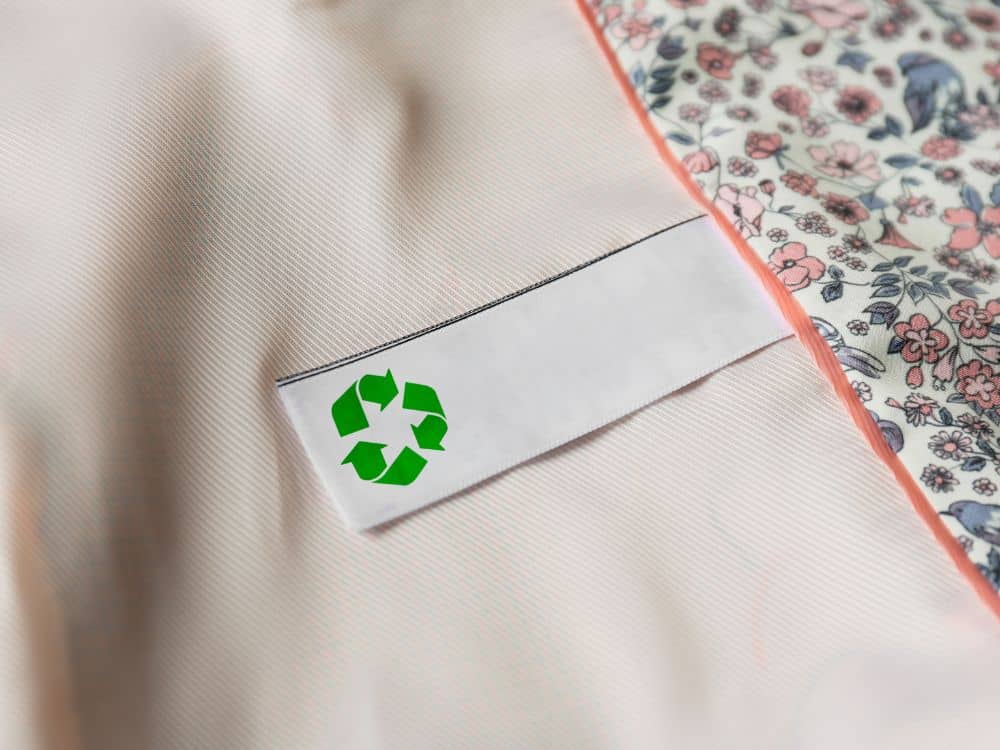
Governments worldwide are starting to require a certain level of recycled content in plastics; for example, the state of California now requires beverage producers to have at least 15% PCR in their plastic bottles.
The American Chemistry Council (ACC), who represent resin producers, call for a national standard that would require plastic products to have 30% recycled content by 2030.
The Government of Canada has committed to a target of at least 50% recycled content in plastic products by 2030.
This is all a step in the right direction to mitigate the scourge of plastic on the planet, which is why we need certifications to legitimize claims of recycled materials.
That said, there are concerns for things like greenwashing, loopholes, and flaws, especially in the competitive marketplace of sustainability today.
Demand for certified recycled plastic is one major issue.
By 2030, the need is projected to be up to 300% higher than current levels, increasing competition for recycled plastic, for which the market currently has only 6%.
Beyond the lack of recycled plastic to meet government and consumer demand, another big issue with these certifications is that they only guarantee a portion of the content is recycled, yet brands rarely advertise that to customers.
We love sustainability certifications, but they’re not infallible. Greenwashing abounds—even in the greenest spheres (B Corp greenwashing, anyone?).
In this case, it means making people believe more of a product is recycled than it actually may be. The entire value chain must continue to be challenged to show credibility to prevent misleading claims.
We encourage people to look for brands that clearly specify HOW MUCH of the content is recycled, and what is pre-versus-post consumer.
Moving forward, as demands for recycled materials mount, governments and standards alike will have to work together to establish the framework to ensure agreed-upon definitions of “recycled content” and the authenticity of claims.
Did you know we Have a Newsletter?
We cover the latest in sustainable living, fashion, zero waste, beauty, travel, finance and more…
Final Thoughts On Post-Consumer Recycled Content Certifications
The transition to a circular economy for companies and businesses is critical, because it can keep plastics (and other reusable materials) in circulation for longer and replace the demand for a single-use item with a repurposed, new environmental commodity.
As we develop innovative processes such as chemical or mechanical recycling and transform how we manage the lifecycle of plastics, concerns around the validity of recycled materials claims remain.
Because the current certification landscape lacks coordination, the crucial coming years of tackling the plastics crisis means governments and organizations will need to unify to establish a more solid framework to ensure the most effective application of these certs.
As it stands, the post-consumer recycled plastics landscape needs to become more standardized, harmonized, and accessible for brand owners to achieve their circularity goals and for consumers to understand and trust the various certifications.
Just remember: if you’re looking to make the greenest choice, refuse, reduce, reuse, rot, and then recycle—with recycled items that hold a high percentage of post-consumer recycled content remaining our current holy grail.
Please share this article with your garbage-heaping neighbor to help everyone with reducing reliance on single use items and to encourage a recycling system that really makes use of our recycled materials.
Pin these:
